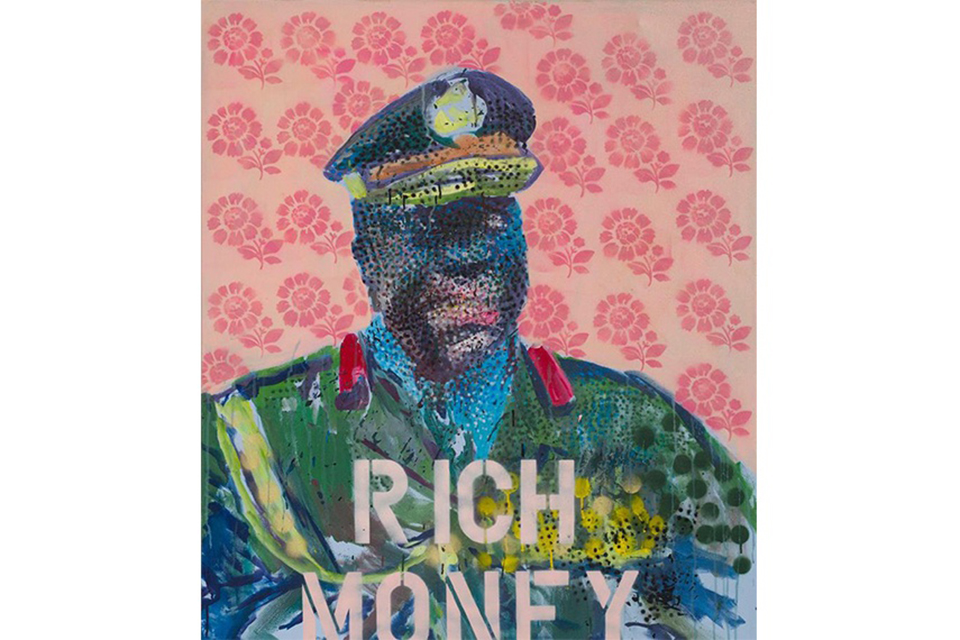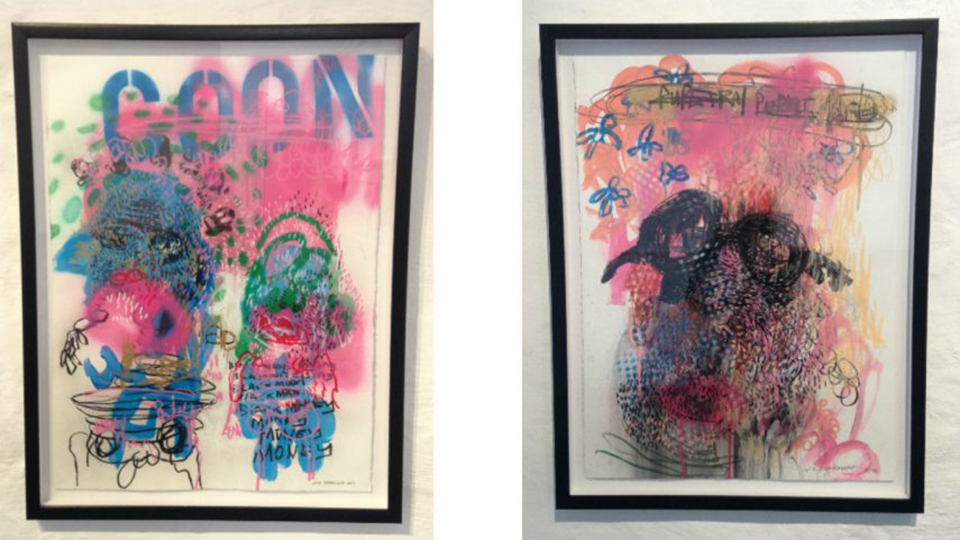Artists are the mirror to the wonders and horrors of our society! They reflect the state of ideas and beliefs in 2 dimensional forms. Yet, when this mirror becomes an act of controversy, very often artist’s freedom of speech are not enough to protect the artist from being silenced by the very society that they are meant to serve. South Africa’s new speech bill might even make it illegal to “make fun of” the president, making artists like Zapiro guilty of hate speech.
An example of such artistic induced controversy is of Kanye West’s use of the confederate flag on the jackets that he designed. For Americans the confederate flag suggests a past where black people were justified in being dehumanised as slaves. For Kanye his use of such a racially embedded image has been incorporated into his politically driven fashion line to change its meaning for his benefit:
“React how you want. Any energy is good energy. The Confederate flag represented slavery in a way. That’s my abstract take on what I know about it, right? So I wrote the song ‘New Slaves.’ So I took the Confederate flag and made it my flag. It’s my flag now”.

Are artists ever justified in using images that pertain to a racially injustice past?
This would be the question that I asked myself when first coming across the controversial works of Mxolisi Vusi Beauchamp. His works feature the constant reference to the racially loaded image of Coons and gollywogs on his colour and politically infused canvases. With their oil black faces and exaggerated white or red lips, these loaded images have historically been used to degrade and insult black people. They do this through the use of racial characterizations that serve a white supremacist understanding of ‘the other’ as inferior thereby pushing an anti black sentiment .
Yet through his works I would also see a more nuanced message at play. The black and white image of a boxing Nelson Mandela, beside him are floating coon heads and the graffitied word ‘terrorist’ with a question mark below is characteristic of Vusi’s style.
His works are not just simply the degradation of a black self but are also speaks to the contradictory nature of the black experience and under a white supremacist gaze we can easy move from ‘swart gevar’ (‘black danger’) to leader of a nation. Yet his works also speak to the contradiction of black life in South Africa. With our globally praised constitution that grants all peoples in this land equal human rights there are still black people being subjected to racist treatment and are still being referred to as ‘Kaffirs’ in our so called ‘new’ and racially liberated South Africa.

I would get to speak to Vusi and get to hear his explanation of his works and the South Africa that we are living in today.
Motlatsi Khosi (MK): Please could you tell the Bubblegum readers a bit about yourself and how it was you become an artists.
Mxolisi Vusi Beauchamp (VMB): I was born and raised in Mamelodi. I studied printmaking and painting at the Tshwane University of Technology. I then studied Graphic Design at Damelin and have since worked as an artist, art director, and multimedia designer.
MK: On the Kalashikovv website you describe your works as being a “comment on social issues and on the politicians and events that make up the south African social landscape”. Please can you explain some of the issues that your work address as well why choose to use your current art medium to express these issues?
VMB: My recent solo Exhibition titled “Terrorist” comments on the frequent occurrence of grammatical errors on national protest placards in the new dispensation. In my understanding, this phenomenon speaks of a shift in protest culture, as opposed to demonstrations organized just before the ANC was inaugurated. Protest was deliberate, organized, mandated and depending on which political left you belonged, it was generously funded, and was therefore, carefully considered. New and young protest voices today are sometimes misguided, lack responsible leadership, and continue the culture of, “we have nothing to lose but our lives.”
MK: When visiting your exhibition what first caught my eye was the use of “coon” iconography. Please explain the use of such imagery that represents a racist stereotype of black people?
VMB: Once more I return to the controversial and outrageous usage of stereotypical renditions and interrogate the new readings of the binaries of civilized and uncivilized. This is demonstrated in the recurring images of monkeys and its association with key political leaders in my work Philanthropist, by using exaggerated ‘negroid’ features in the colonial tradition of the Enid Blyton’s books that feature golliwogs. Yet, unlike Zapiro, I remain accountable and mindful of a derogatory interpretation of raced and gendered politics.
MK: In using such anarchic images of ‘the coon’ are you not perpetuating an understanding from the past of black people that many black struggles have worked hard to overcome?
VMB: The “coon” imagery is still very much alive today, you see it in music videos from the likes of “Die Antwoord” Fatty Boom Boom where he darkens the skin of black actors and more recently the Chinese detergent advert, a black man walks in and gets ‘washed’ a different colour. My works continue to use use the image of the ‘coon’ so as to take away the power it has over black Africans and expose its legacy that continues to this day.
For more work by Vusi visit Kalashnikovv Gallery website. He will also be doing a solo exhibition at the Johannesburg art Gallery in 2018 so keep a look out for him there.




















































